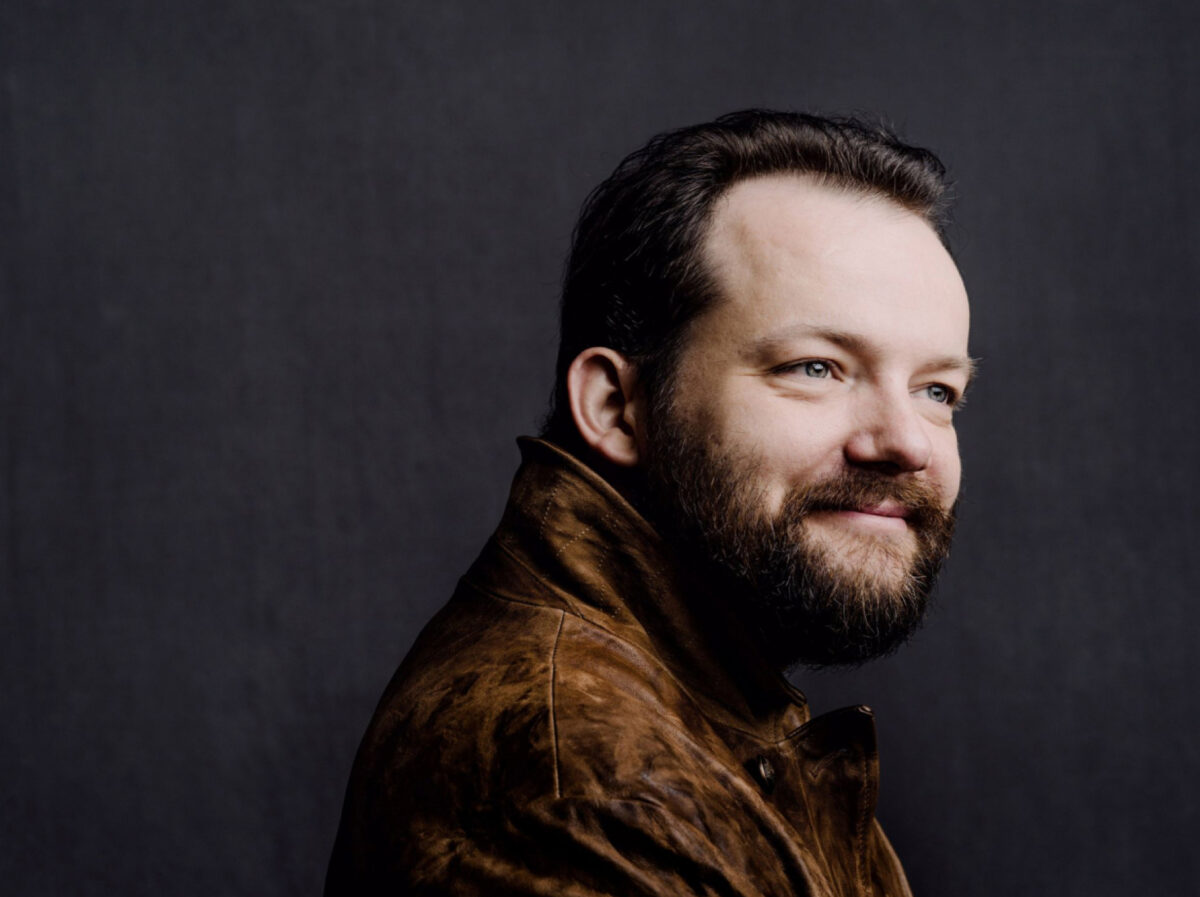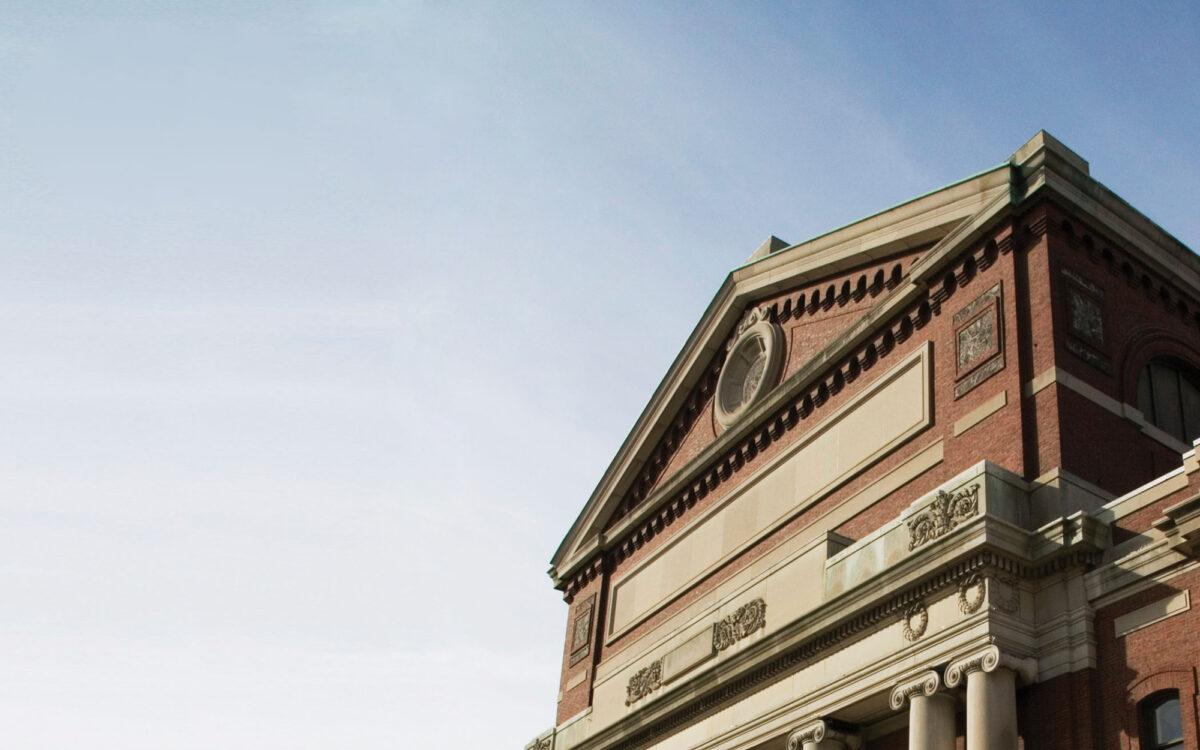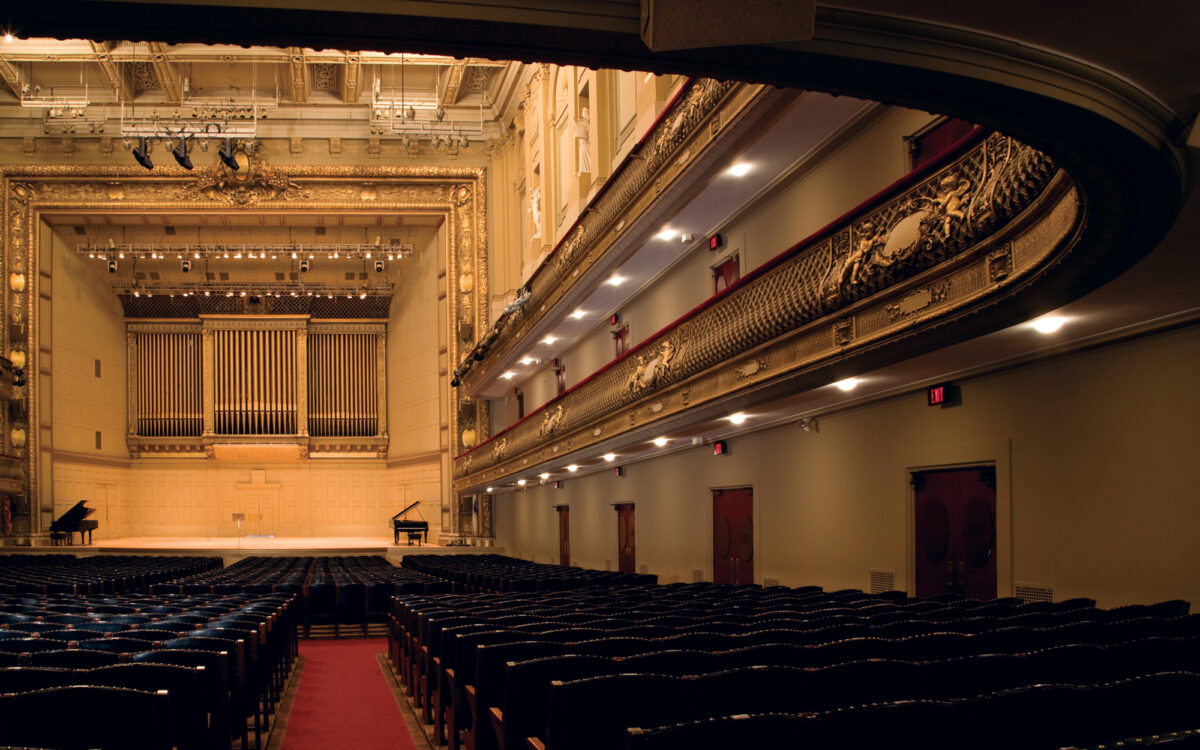Andris Nelsons conducts an All-Brahms Program

Andris Nelsons leads an all-Brahms program pairing early and mid-career orchestral works. Concerned with living up to Beethoven’s precedent in the genre, Brahms labored on his First Symphony for twenty years before finally allowing it to see the light of day in 1876. With references to Beethoven, Brahms clearly places himself in the great German symphonic tradition. The warm and idyllic Serenade No. 2, written in 1859, is a five-movement work that omits violins, creating strong contrasts between strings and woodwinds. This lovely piece was dedicated to Brahms’s lifelong friend Clara Schumann.
Andris Nelsons leads an all-Brahms program pairing early and mid-career orchestral works. Concerned with living up to Beethoven’s precedent in the genre, Brahms labored on his First Symphony for twenty years before finally allowing it to see the light of day in 1876. With references to Beethoven, Brahms clearly places himself in the great German symphonic tradition. The warm and idyllic Serenade No. 2, written in 1859, is a five-movement work that omits violins, creating strong contrasts between strings and woodwinds. This lovely piece was dedicated to Brahms’s lifelong friend Clara Schumann.
Andris Nelsons leads an all-Brahms program pairing early and mid-career orchestral works. Concerned with living up to Beethoven’s precedent in the genre, Brahms labored on his First Symphony for twenty years before finally allowing it to see the light of day in 1876. With references to Beethoven, Brahms clearly places himself in the great German symphonic tradition. The warm and idyllic Serenade No. 2, written in 1859, is a five-movement work that omits violins, creating strong contrasts between strings and woodwinds. This lovely piece was dedicated to Brahms’s lifelong friend Clara Schumann.







